Last-Minute NYC Holiday Gift Guide 🎁
We’ve created a holiday gift guide with presents for the intrepid New Yorker that should arrive just in time—


Since 9/11, it’s been difficult to get a tour inside the New York Stock Exchange. A quick Google search will lead you astray by tourist companies, and you’ll discover that the lower Manhattan tours will just have a stop outside to get a photo. But if you know someone that works at the Stock Exchange, that’s your ticket. We were recently a guest of an Untapped Cities Insider member, our wonderful community of urban enthusiasts and secrets seekers. The visit was specifically timed for a Thursday, when the cafe is serving sushi.
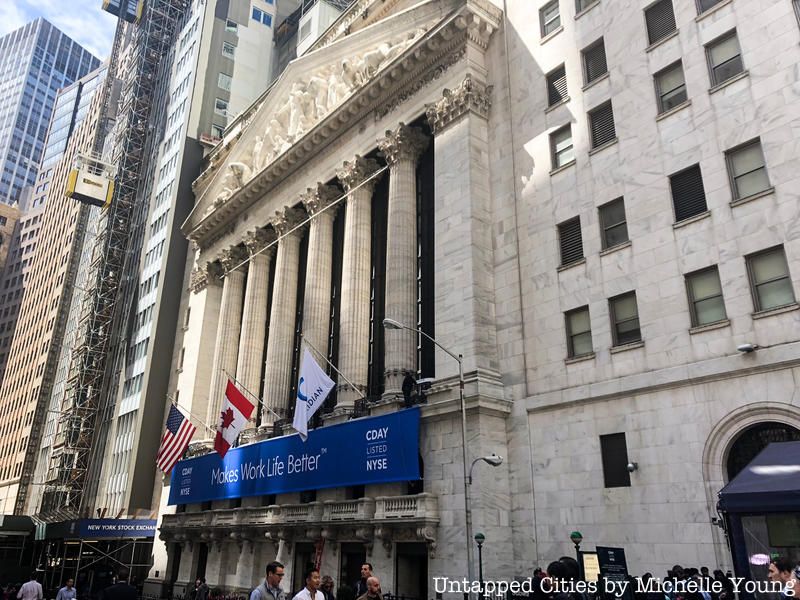
The New York Stock Exchange was completed in 1903 and designed by George B. Post, a prolific architect at the turn of the 20th century. Sadly, a large number of his buildings have been demolished in Lower Manhattan. This list of lost buildings includes the New York Produce Exchange at 2 Broadway, the St. Paul Building across from St. Paul’s Church (one of the city’s earliest skyscrapers), the New York World Building on Newspaper Row (once the world’s tallest building) and more.
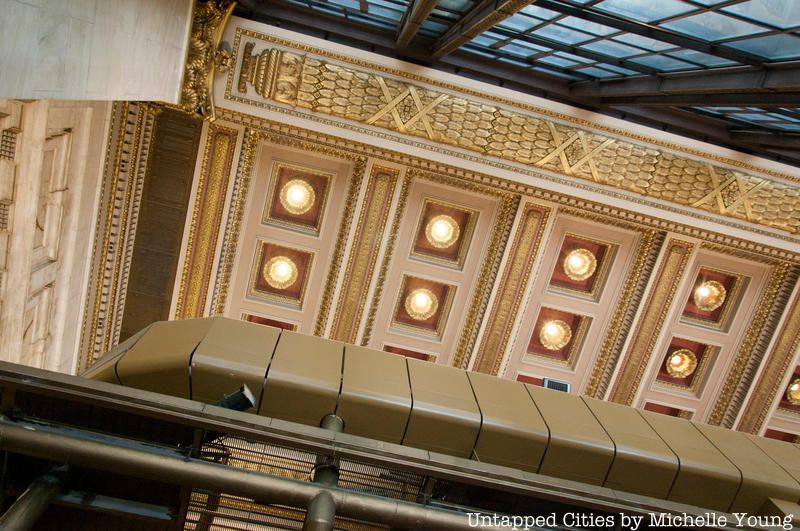
The design of the New York Exchange needed to convey the “strength and security of the nation’s financial community and the position of New York as its center,” writes the New York City Landmarks Preservation Commission in its 1985 landmark designation report. To do so, the architecture took its cues from Neoclassical tradition, but applied it on a very large, grand scale. As the Commission continues, “the design with its giant portico, colonnades, and sculpture imparts a sense of austerity and massiveness coupled with security, in keeping with the wishes of the clients.”
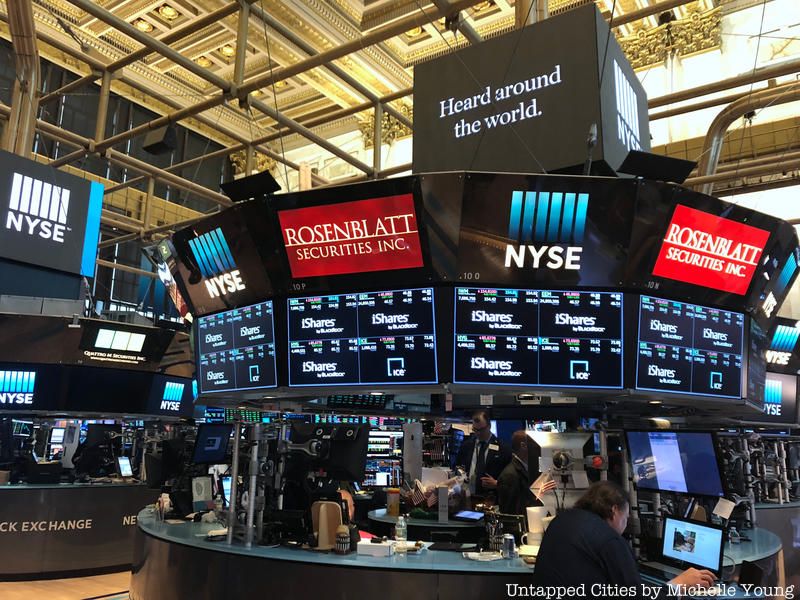
The current Stock Exchange building replaced a previous structure designed in the French Second Empire style that became too small for Exchange’s growing needs, as New York City and the United States entered a period of prosperity at the beginning of the 20th century. Indeed, the trading floors were an extension of the type of activity that previously took place at auction markets on Wall Street. As the Commission writes, “The Exchange expanded with the economy, aided by such technological advances as the electric stock ticker (1867) and the telephone (1878) which linked the trading floor with brokers’ offices and their customers.” There were also pneumatic tubes to efficiently move orders through the building, along with air conditioning.
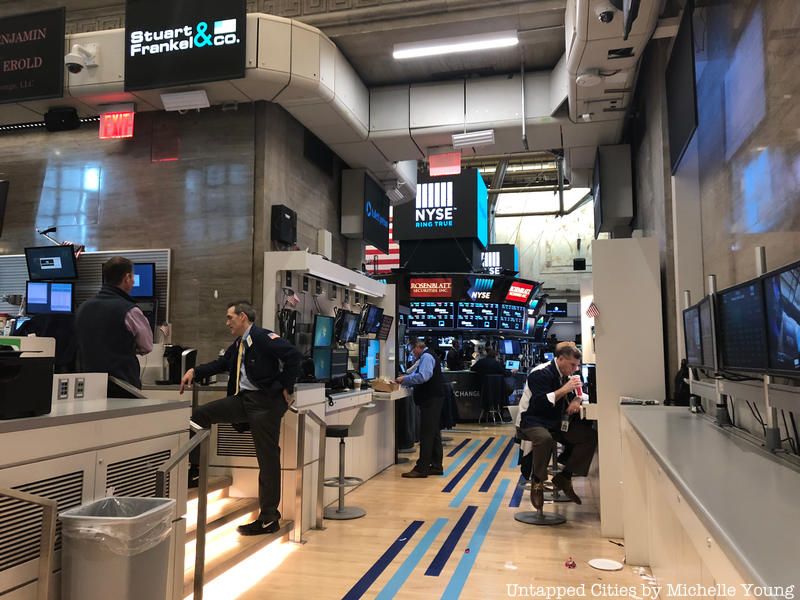
The iconic vision of a trading floor packed with traders waving trade slips is a relic of the past with the rise of computerization, but the trading floor at the New York Stock Exchange still serves an important role. In fact, it is the only open-outcry trading floor that still exists.
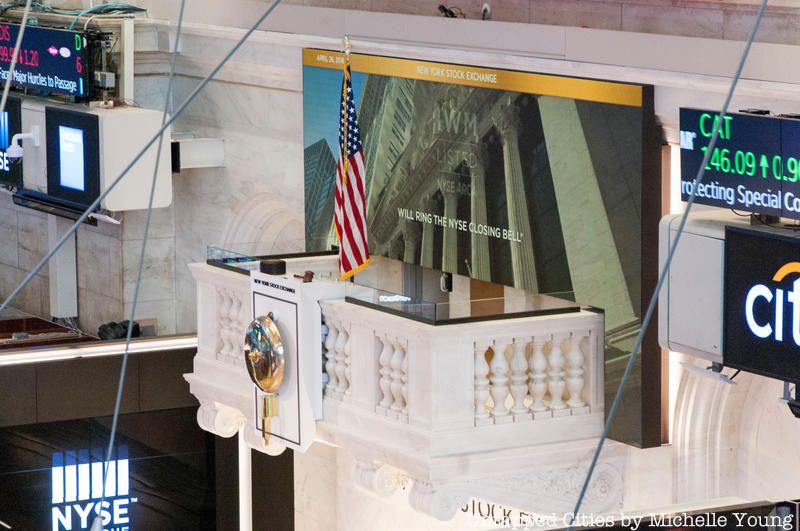
Beyond the symbol of ringing the opening bell for companies having their IPO, designated market makers hired by the New York Stock Exchange are on site to maintain a fair and orderly market. The Stock Exchange continues to believe in the combination of human judgement and technology. According to the Stock Exchange, the designated market makers exist “to prioritize price discovery and stability over speed for our listed companies. Coupled with our electronic markets, we believe nothing can take the place of human insight and accountability. It’s the human element at NYSE that results in lower volatility, deeper liquidity and improved prices.”
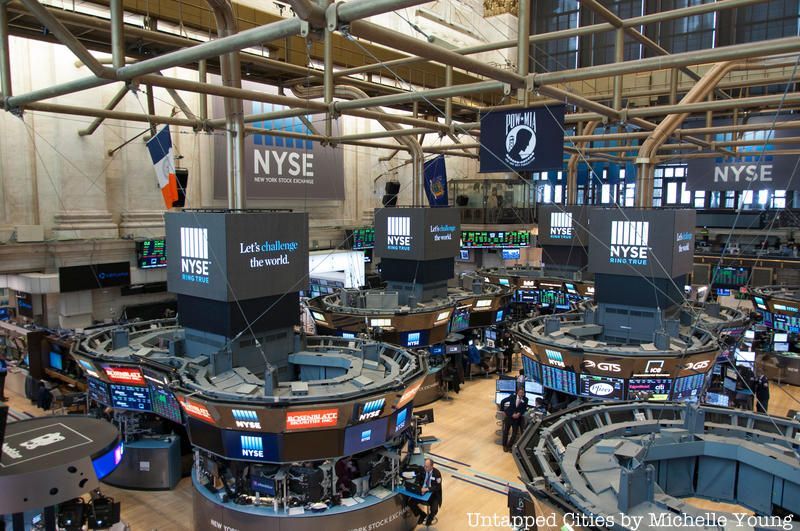
There are also beneficial trades that happen on the trading floor, either verbally or electronically (called a d-Quote). According to Quartz, the d-Quote gives brokers “almost 15 minutes of extra time to tweak or add stock orders at the end of trading, which can be the most important price of the day. In the world of computerized trading, as one trader put it, that quarter of an hour is like a few months in human time: news can break, and thousands of other trades can take place during that 15 minutes.” And according to our contact in the Stock Exchange, there is still some benefit in trading large transactions in person.
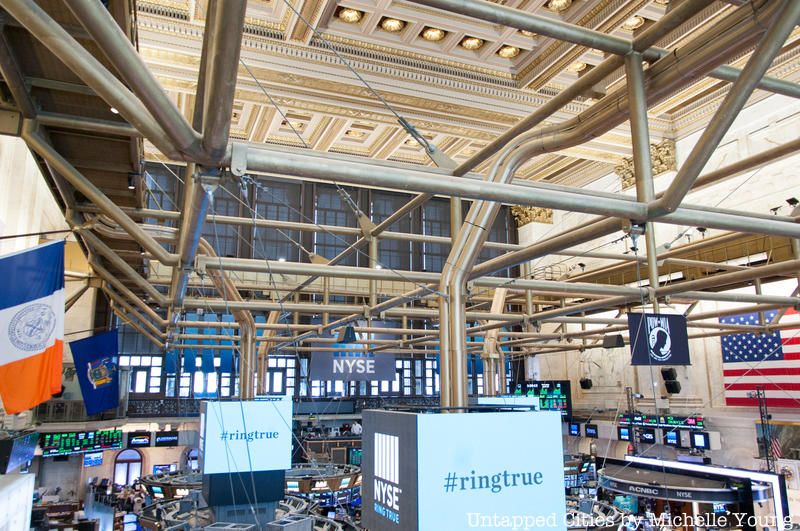
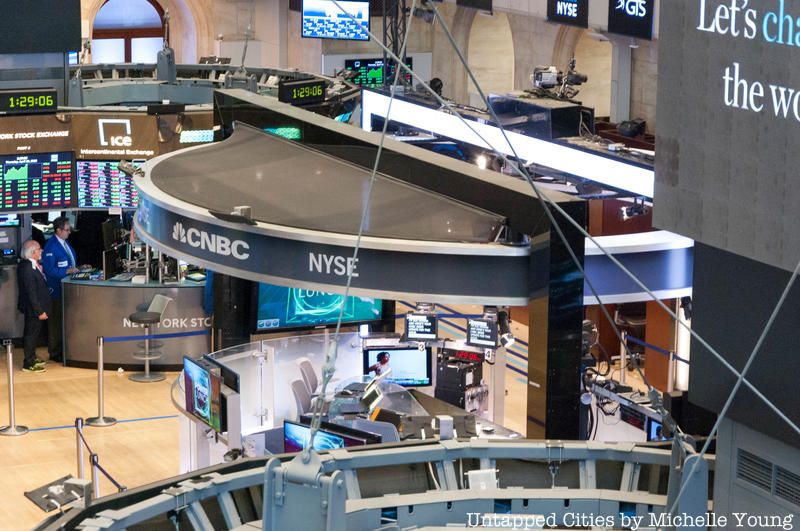
Today, pneumatic tubes have been replaced by tubes that carry computer wires up from each trading desk. In a not so distant future, it is likely that those will be removed as well with the predominant use of Wifi – at which point the coffered ceiling may be seen in its full glory again. A significant part of the trading floor is dedicated to media – CNBC has its desk right in front of the bell. CNN is on the viewing balcony. Instead of a roar, there’s a hush of activity and occasionally, some pranks going on that we could see on the floor between staff. It’s still exciting to see the Stock Exchange in person. Our pro tip, if you ever snag an invite: don’t wear jeans and wear nice shoes! Old-school rules still apply on the trading floor.
Here are some additional photographs from the visit, starting with the fenced off portion of Wall Street that’s accessible to Stock Exchange workers:
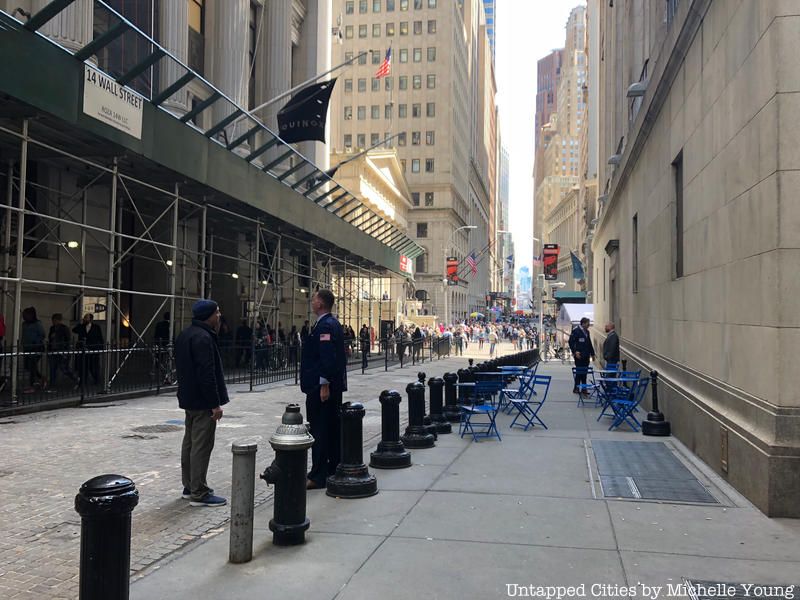
A grand entrance to the Stock Exchange at 11 Wall Street:
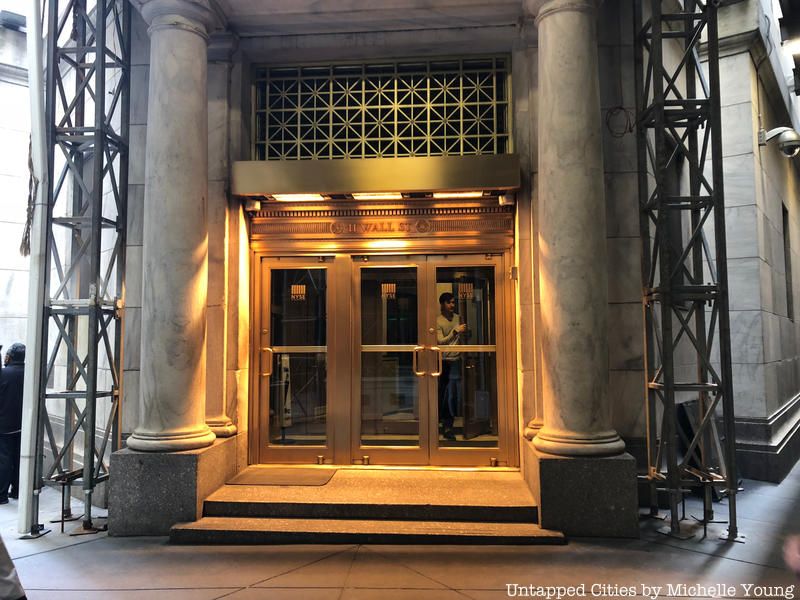
On the trading floor:
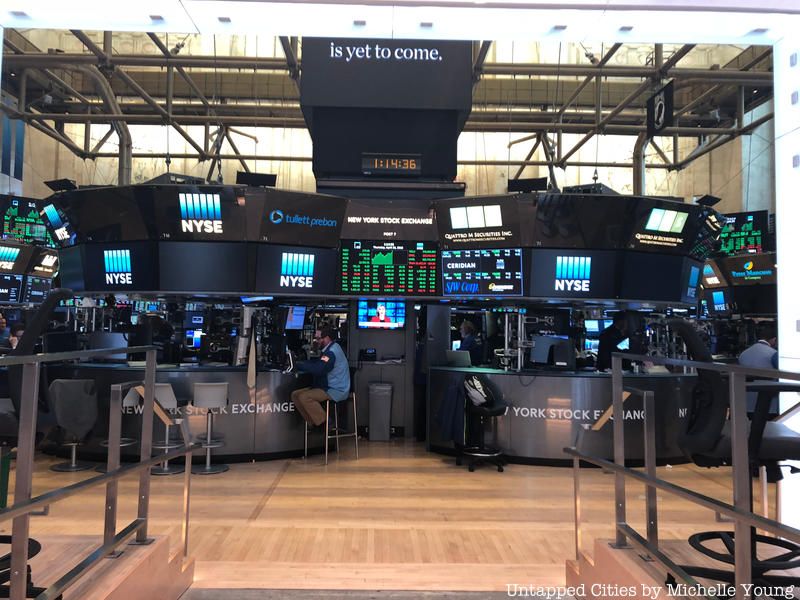
Staff need to swipe in to get to the trading floor:
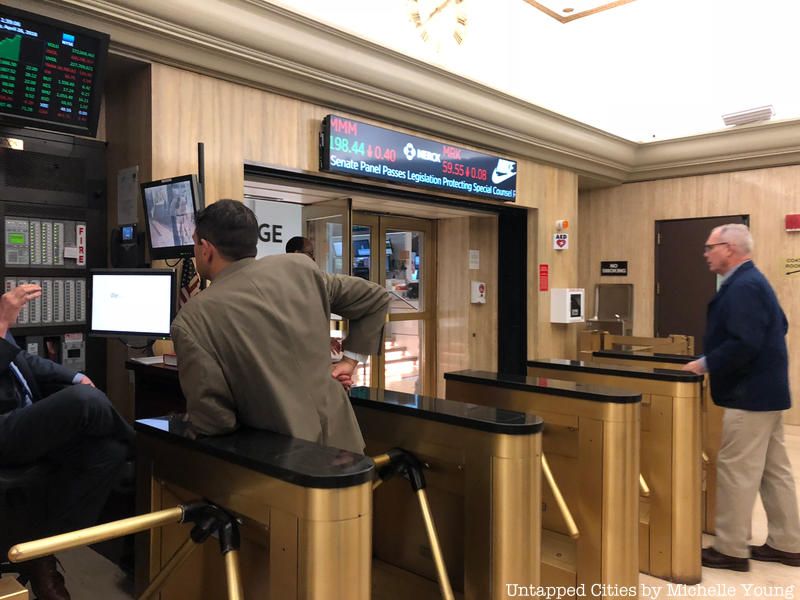
Here’s the viewing balcony that faces Broad Street:
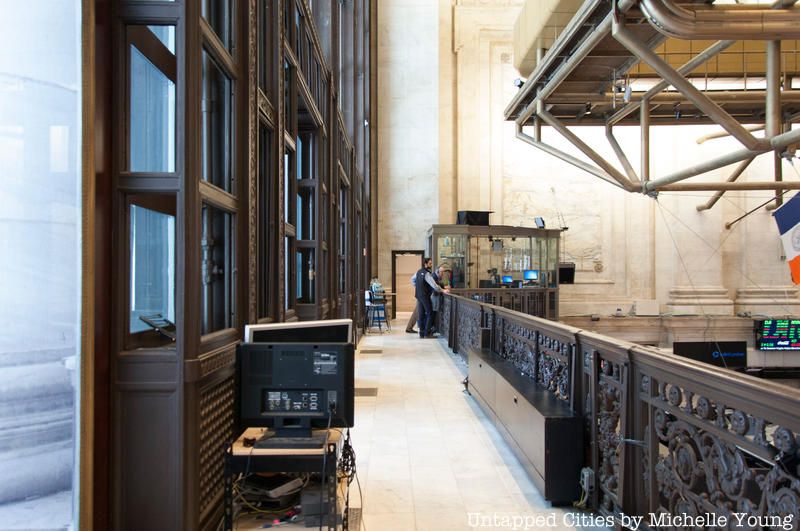
One of the balconies that face Broad Street between the columns:
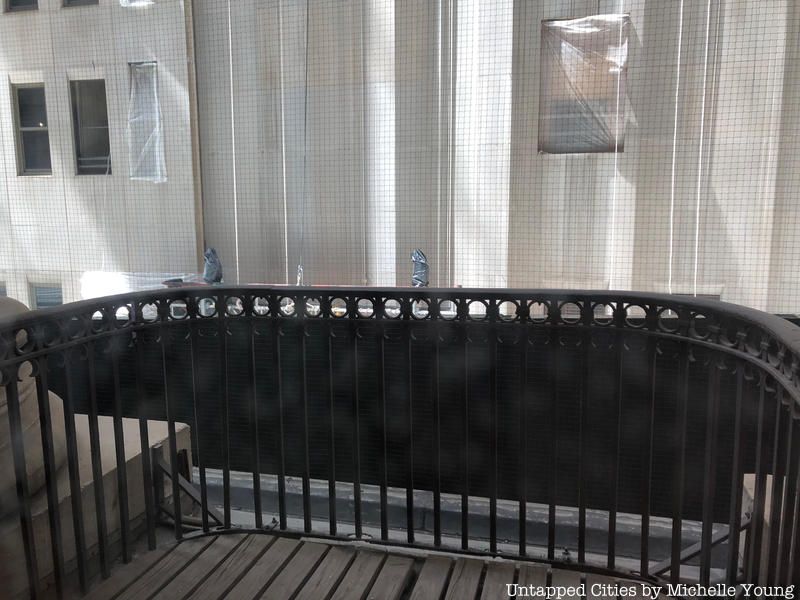
Security going in and out of the 11 Wall Street entrance:
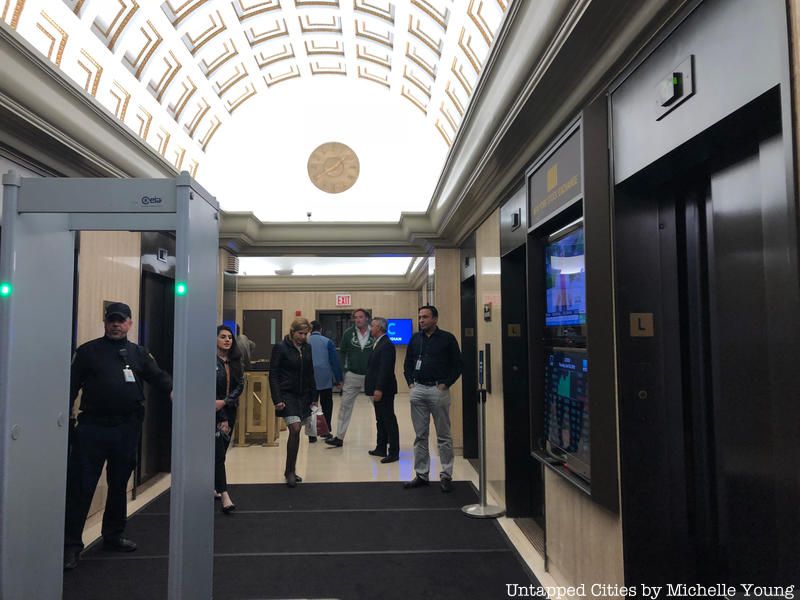
The New York City flag waves on the trading floor:
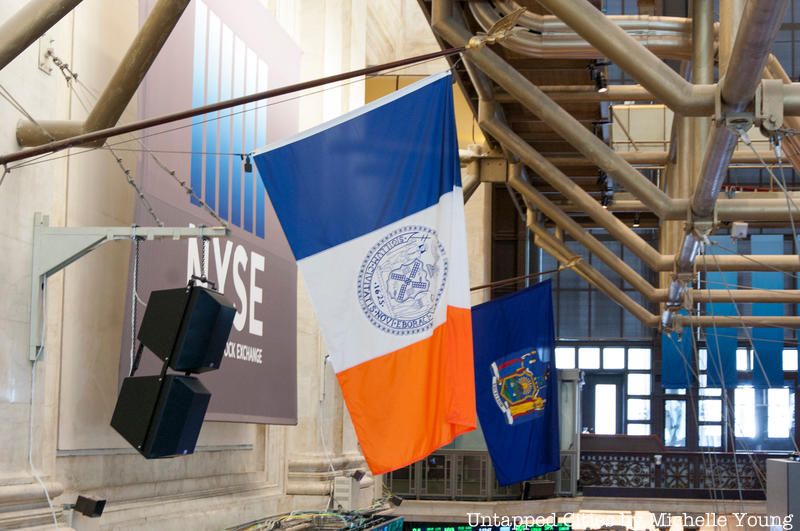
More views of the trading floor:
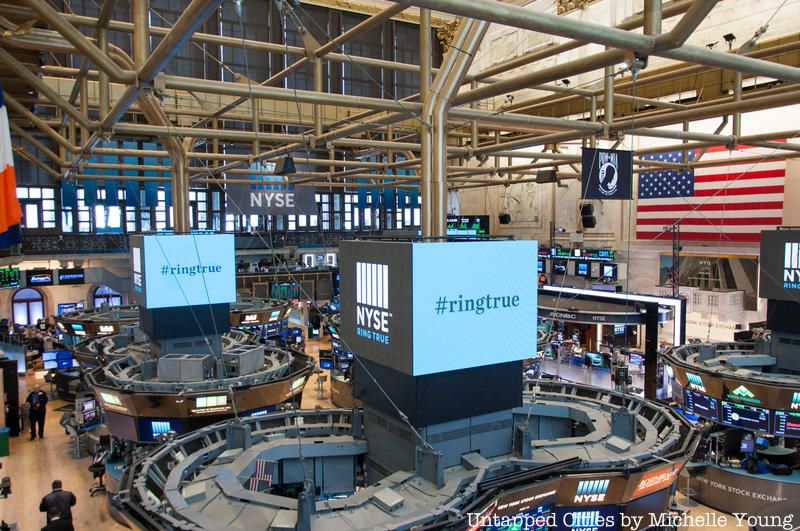
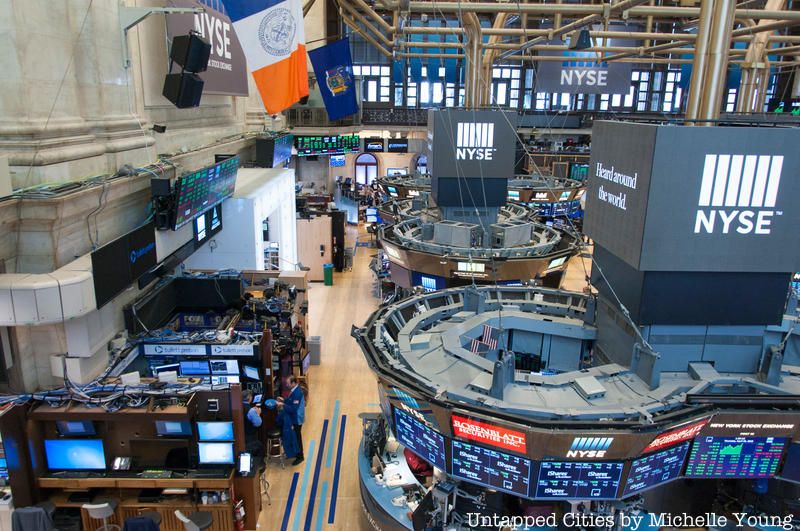
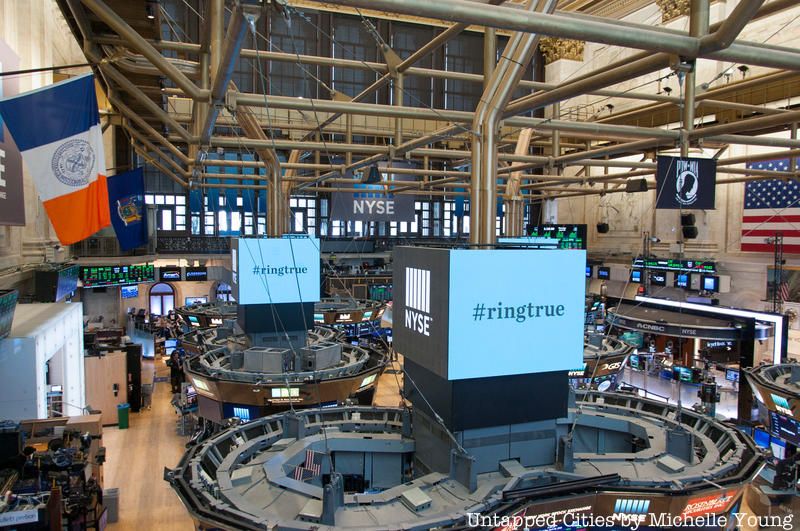
Next, check out our tour of the Remnants of Dutch New Amsterdam to see what this site was like before and during the American Revolution!
Tour of The Remnants of Dutch New Amsterdam
Next, check out the Top 10 Secrets of the Federal Reserve.
Subscribe to our newsletter